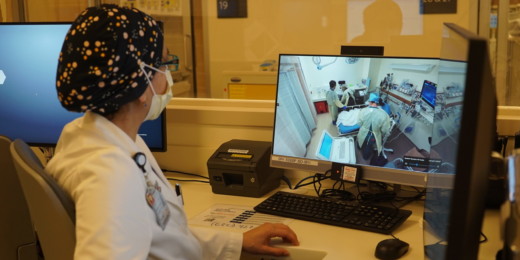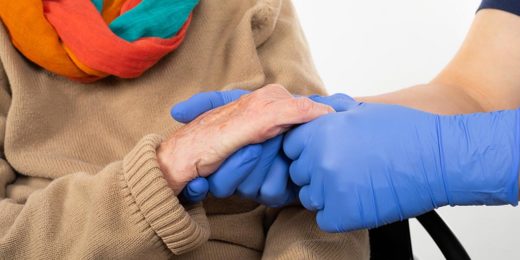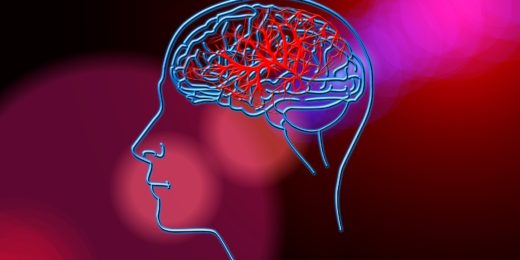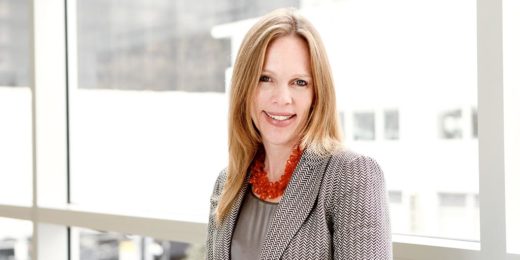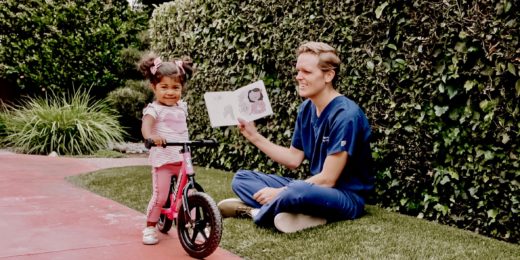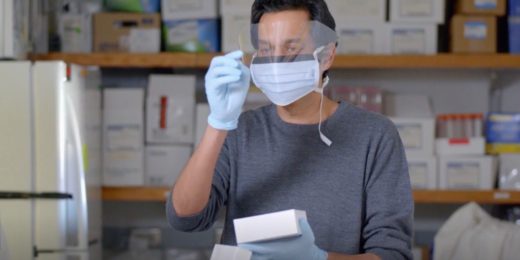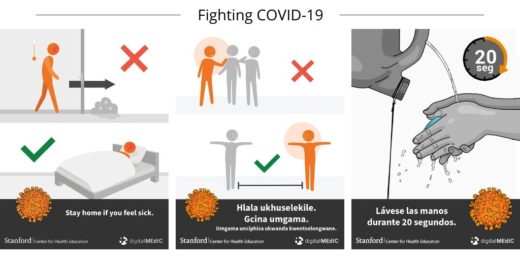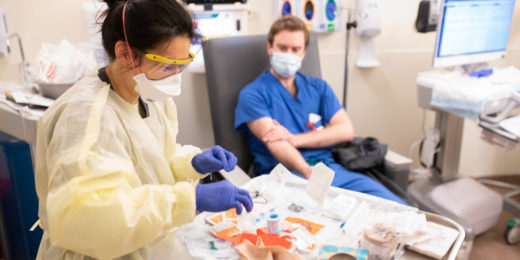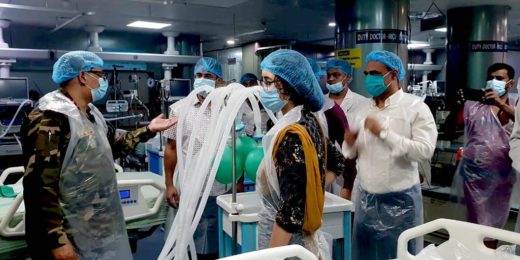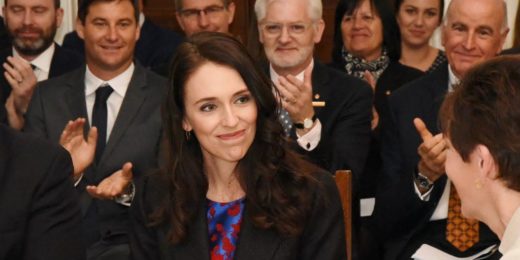Technology has made it possible for Stanford Medicine residents to continue learning and caring for patients safely during the COVID-19 era.
Category: COVID-19
Setting your biological clock, reducing stress while sheltering in place
Going outside soon after waking — rather than hopping directly onto a video call — will help you sleep better, says a Stanford vision researcher.
Why COVID-19 hit our vulnerable older population hardest
A large percentage of COVID-19 deaths in the U.S. have occurred in nursing homes. In a podcast interview, a Stanford geriatrician explains why.
The tweet that ate my week
What's it like to go viral on Twitter? Stanford Medicine professor Keith Humphreys recently found out when he tweeted an insight about COVID-19.
COVID-19 adds urgency to synthetic film that aids breathing
The COVID-19 pandemic gives new relevance to a synthetic substance developed by Stanford researchers that could help respiratory patients breathe easier.
Life After Shelter In Place: Part I
As COVID-19 restrictions begin to lift, Dean Lloyd Minor discusses the importance of safely re-engaging patients in preventive care.
Brain imaging for stroke patients dropped off during COVID-19 height
In U.S. hospitals, the frequency of brain imaging for acute stroke patients dipped, suggesting hesitancy to seek medical care for non-COVID-19 conditions.
Drawing on experience and resilience to weather COVID-19 crisis
Stanford patient care leader Catherine Krna is inspired by clinicians during turbocharged COVID-19 response, and sees lasting benefit of telehealth surge.
Social distancing through the eyes of a toddler
Stanford physician Benjamin Lindquist wrote a children's book to help explain social distancing to his 2-year-old daughter Kiley.
Stanford biochemist works with gamers to develop COVID-19 vaccine
A NOVA special featured Rhiju Das and the OpenVaccine project, in which gamers help scientists find an RNA molecule configuration for a COVID-19 vaccine.
Keeping under-resourced communities informed about COVID-19
The Stanford Center for Health Education is creating digital COVID-19 informational materials for under-resourced communities around the world.
Resuming surgery, other procedures safely in the era of COVID-19
In a podcast interview, a Stanford Health Care physician leader discusses how the system is keeping patients safe as surgeries and other procedures resume.
Students help physicians with rapid-response COVID-19 answers
Stanford medical and physician assistant students are helping primary care practitioners stay up-to-date on the evolving COVID-19 pandemic.
Stanford postdoc hits pause on research to help Bangladesh face COVID-19
A Stanford postdoctoral researcher takes a detour from her stillbirth project in Bangladesh to prepare health workers for COVID-19 cases.
Women leaders shine during COVID-19 pandemic
A webinar examined attributes and qualities that led to the successes of women leaders responding to the COVID-19 pandemic.
Heart transplant patient’s family shares love — from a distance
The COVID-19 pandemic kept a young patient's family from being by her side following her heart transplant. But they found a way to show their love.


